Five Things You Should Know About Body Language
Yesterday, I reviewed Joe Navarro’s excellent book What Every BODY Is Saying: An Ex-FBI Agent’s Guide to Speed-Reading People.
Today, I’m going to highlight five things I learned about body language from his book. The excerpts I’ve selected will offer you some fascinating insights into what the eyes, shoulders, hands, thumbs, and legs communicate to others, often without our knowledge.
And thank you, Joe, for generously granting me permission to use these excerpts,
1. EYES
“When we like something we see, our pupils dilate; when we don’t, they constrict. We have no conscious control over our pupils, and they respond both to external stimuli (for example, changes in light) and internal stimuli (such as thoughts) in fractions of a second.”
“When we become aroused, are surprised, or are suddenly confronted, our eyes open up—not only do they widen, but the pupils also quickly dilate to let in the maximum amount of available light, thus sending the maximum amount of visual information to the brain…Once we have a moment to process the information and if it is perceived negatively…in a fraction of a second the pupils will constrict.”
“Any decrease in the size of the eyes, whether through squinting or pupillary constriction, is a form of subconscious blocking behavior. And all blocking behaviors are indicative of concern, dislike, disagreement, or the perception of a potential threat.”
“We use shoulder shrugs to indicate lack of knowledge or doubt. Look for both shoulders to rise; when only one side rises, the message is dubious.”
“Partial shoulder shrugs indicate lack of commitment or insecurity.”
“If you see a person’s shoulders only partially rise or if only one shoulder rises, chance are the individual is not limbically committed to what he or she is saying and is probably being evasive or even deceptive.”
3. HANDS
“Hand steepling may well be the most powerful high-confidence tell. It involves touching the spread fingertips of both hands, in a gesture similar to “praying hands,” but the fingers are not interlocked and the palms may not be touching.”
“I see women steepling under the table or very low, undermining the confidence they genuinely possess. I hope that as they recognize the power of the steeple as an indicator of self-assurance, competence, and confidence—traits most individuals would want to be recognized as possessing—more women will embrace this gesture and display it above the table.”
“Often seen with high-status individuals, the thumb sticking out of the pocket is a high-confidence display.”
“When individuals carry their thumbs high, it is a sign that they think highly of themselves and/or are confident in their thoughts or present circumstances. Thumbs up is another example of a gravity-defying gesture, a type of nonverbal behavior normally associated with comfort and high confidence.”
“Feelings of low confidence can be evidenced when a person (usually a male) puts his hands in his pocket and lets the fingers hang out on the side…this signal says, ‘I am very unsure of myself.’”
5. LEGS
“Leg crossing is a particularly accurate barometer of how comfortable we feel around another person…We normally cross our legs when we feel comfortable. The sudden presence of someone we don’t like will cause us to uncross our legs.”
“When people sit side-by-side, the direction of their leg crosses becomes significant.”
“Here’s an interesting feature of leg crossing. We usually do it subconsciously in favor of the person we like the most.”

Joe Navarro’s What Every Body is Saying: An Ex-FBI Agent’s Guide to Speed-Reading People is available in softcover here and for the Kindle here. A recommended read.
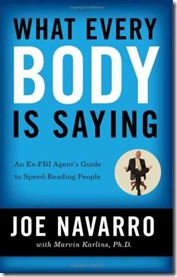
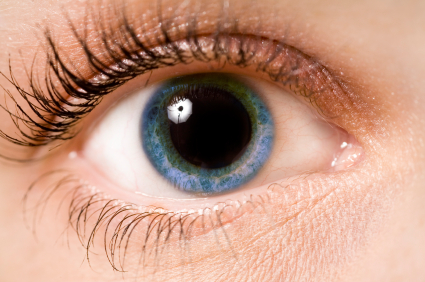
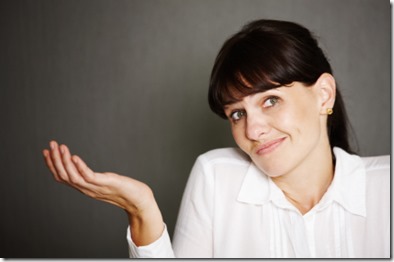
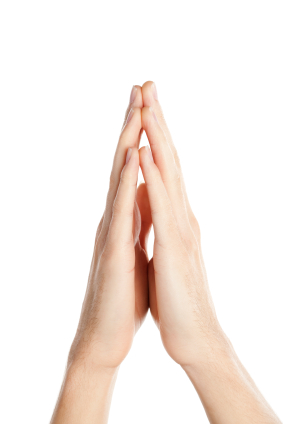
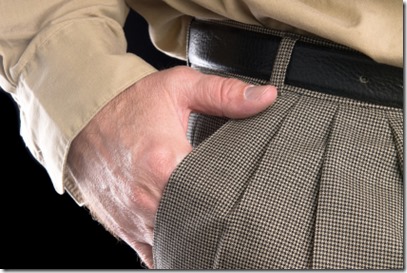

Any insight into smiles? I think there is a lot communicated when someone either doesn’t smile, gives a fake smile or genuinely smiles.
Joe has some great information about “real smiles” and “fake smiles” in his book. But since he already generously agreed to let me excerpt so much, I’m reluctant to give away much more without his permission! Bottom line? Different muscles make a “fake smile” than a real one.
Fantastic as always Brad. As I shared with you, best newsletter in the communication business.
Laurie Schloff
Aw, shucks, Laurie. You’re going to make me blush.
Seriously, thank you for those very generous words. They’ll help fuel me through the rest of my sleep-deprived day. 🙂
Brad
Great info; I’ll certainly be picking up this book.
Thanks for sharing these excerpts, Brad. I found them fascinating – especially the insights about the eyes.
Until recently, I didn’t know the importance of hand steepling, but then I saw the video of Allan Pease’s TEDx talk, where he mentioned it.
In fact I critiqued his TEDx talk, and suggested several ways it could’ve been even better, such as by making his closing more audience-focused. (I’d be delighted if you’d like to add your viewpoint, and backlinks are always welcome too!)
I’ll have a browse of your other posts on this topic, as I see there are several related ones. Good stuff!